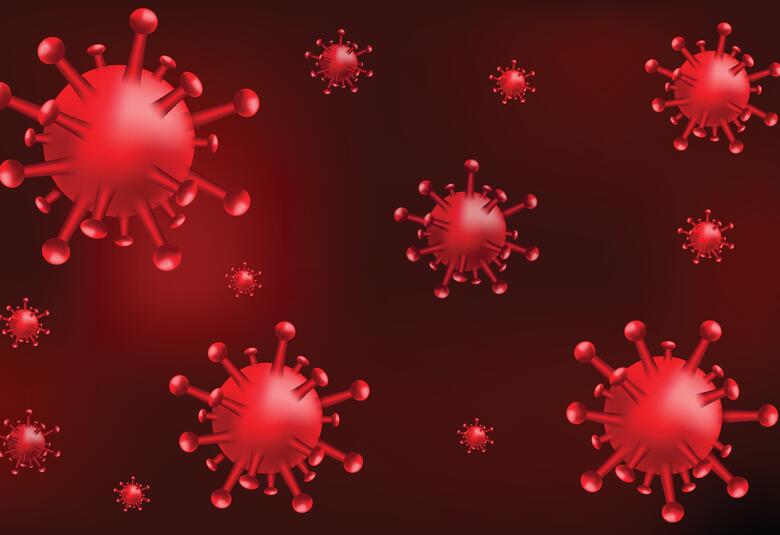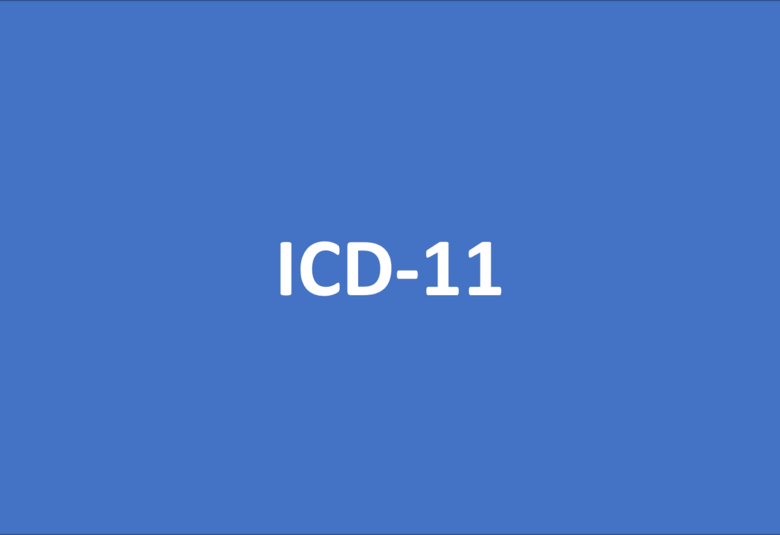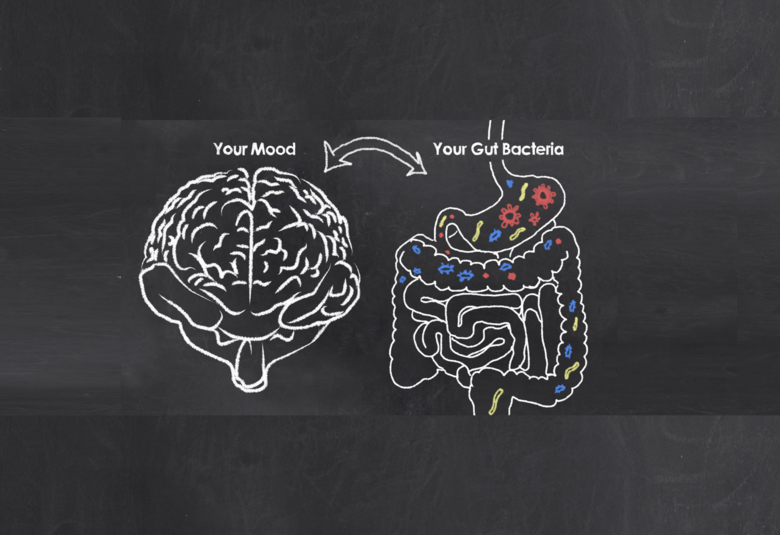The disease burden of migraine increases with headache frequency. This has significant impact on patients in terms of disability, headache impact, anxiety and depression, even in those with episodic migraine (EM) who not fulfil the criteria for chronic migraine (CM), and was the focus of a satellite symposium at the ENA2021 virtual congress.
Relationship between episodic and chronic migraine
Migraine is classically sub‑divided into EM (<15 headache days [HD]/month) and CM (≥15 HD/month for >3 months)1, depending on headache frequency, considered two different variations of the same disease state. In reality, migraine frequency exists on a spectrum, with one‑third having headache on ≥4 days/month, and 6% qualifying for the diagnosis of CM1.
If headache attacks increase in frequency episodic can transform into chronic migraine
Cristina Tassorelli (University of Pavia, Italy) explained the complex relationship between EM and CM. Patterns of treatment response can differ, suggesting the possibility of both distinct and overlapping biological mechanisms2. If headache attacks increase in frequency, EM can transform into CM over time3.
Cause of significant disability
Level of disability … increased with increasing headache frequency
Migraine is the second largest cause of disability worldwide4, especially in those <50 years, and EM, as well as CM, is associated with significant disability. The International Burden of Migraine Study (n=1821) showed that the level of disability, measured by Migraine Disability Assessment (MIDAS) score, increased with increasing headache frequency1. By 12 to 14 HD/month, approximately 50% of patients had ‘very severe’ disability and 30% ‘severe’, without meeting the criteria for CM. High frequency EM (HFEM; 10 to 14 HD/month) is associated with higher disability levels and greater headache impact than low frequency EM (1 to 9 HD/month), and worsening anxiety and depression5. With HFEM, mild, moderate and severe depression were seen in 36.3%, 10.9% and 1.5% of patients respectively.
Multidimensional disease
It is insufficient to treat the headache alone
Migraine is a multidimensional disease, and it is insufficient to treat the headache alone. A range of symptoms are associated with the various migraine stages, including light sensitivity, visual disturbances, and cognitive difficulties6. Migraine attacks may be triggered and aggravated by multiple factors, including hormonal fluctuations, flashing lights, and comorbidities such as obesity.
Worldwide, migraine is often under-diagnosed and under-treated, due to misdiagnosis and patients’ expectations of poor treatment outcomes7. More than two‑thirds of patients have either never consulted a physician or have stopped doing so8, and two‑thirds who qualify for preventive treatment do not receive it9.
Three pillars of treatment
Unlike many neurological diseases migraine is a treatable condition
Prof Tassorelli stressed that, unlike many neurological diseases, migraine is a treatable condition10, with the three pillars being:
- Education
- Acute treatment (specific and non-specific)
- Preventive treatment (pharmacological and non-pharmacological)
Key is understanding the patient’s treatment goals
Matching the right treatment strategy to the right patient is crucial to successful management of migraine, and key is understanding the patient’s treatment goals. A diary or app can empower the patient in monitoring patterns of symptoms and response to treatment, and the multidisciplinary team can help manage triggers, aggravating factors, and comorbidities.
Educational financial support for this Satellite symposium was provided by Lundbeck.
Our correspondent’s highlights from the symposium are meant as a fair representation of the scientific content presented. The views and opinions expressed on this page do not necessarily reflect those of Lundbeck.




